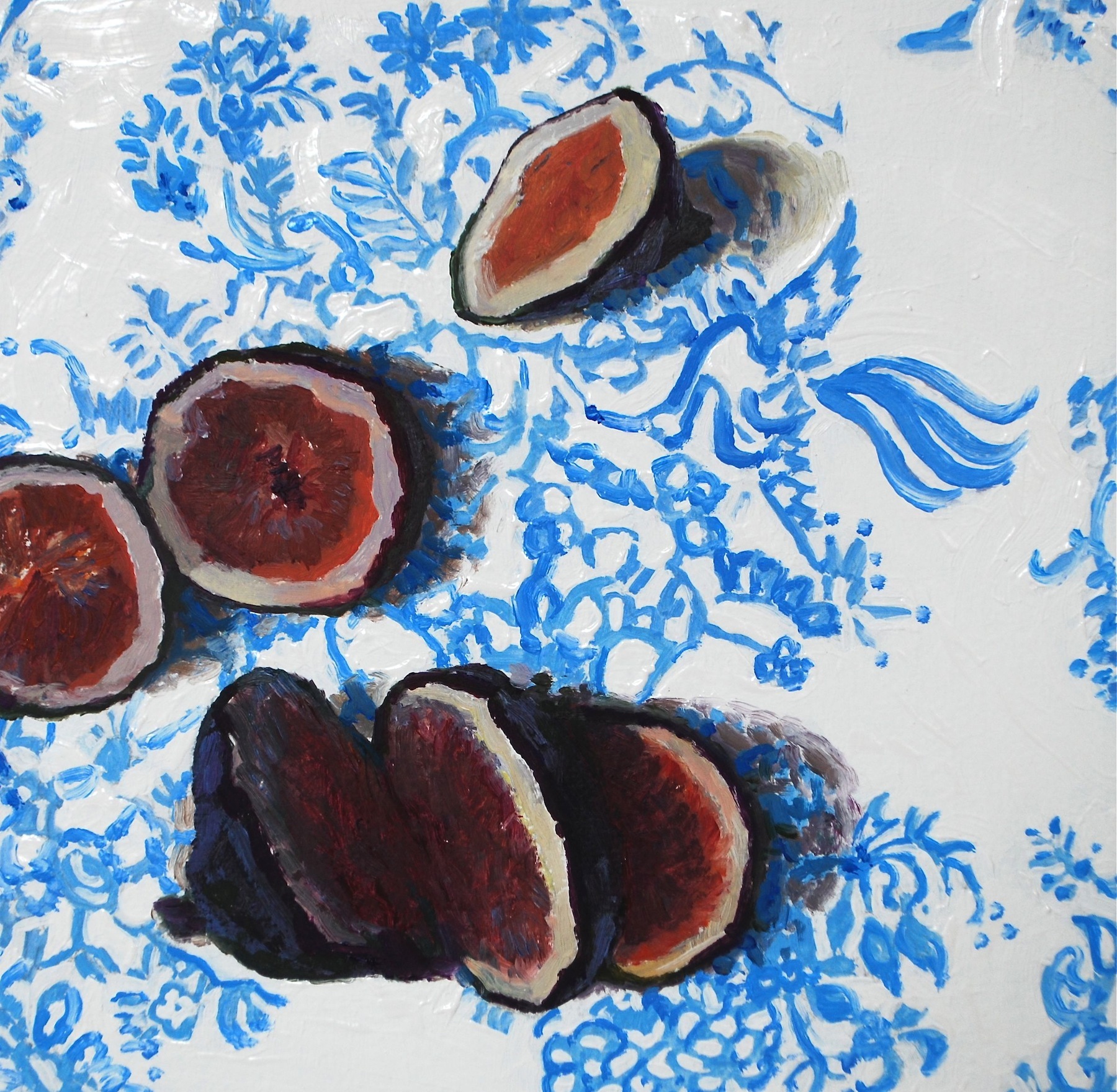One of the things I love most about working with oils is that the paint stays wet, and workable, for a long, long time. You can work on a painting for a few hours one day, and the next day you can radically change it by working into what’s already there.
Or…
You can even scrape off a good bit of the paint, and leave a ghost behind! The ghost can provide just enough color and form information for you to see the subject in a whole new light. This is especially true if you work on wood panels. The support is so sturdy that you can press down on it without risking damaging it. With linen, there’s a chance that you will erode the gesso ground, or worse, puncture the fabric.
If I decide I want to remove some of the paint, I scrape the surface with a single–edge razor blade. This also can make the surface super smooth and even which is nice if you tend to pile on the paint toward the end like I do.
Wet into Wet
Another thing that’s great about oils is coming back a day or so later, and working fresh paint into layers that have begun to dry. There’s an alchemy that takes place that’s unique to the medium. As the layers dry more and more, a subtle blending, unpredictable and super gorgeous, takes place. A fresh, wet oil painting always looks a little different when it’s dry; a fraction of it’s vibrancy is irrevocably lost (a bit can be reclaimed in the varnishing stage), but working wet into wet gives you more time to judge what the end result will look like.
Loads of Medium
I use lots of turpenoid in the first layer to keep the surface thin and translucent. Also, this helps the initial layer dry faster. My paintings rarely have more than 3 distinct layers of paint.

Once I feel confident of where I’m going, I scoop up dollops of paint and go for it!